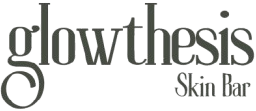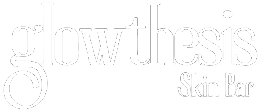
About Course
LED (Light Emitting Diode) light therapy is a non-invasive, photobiomodulation ( low-level laser therapy) treatment that uses light in specific wavelengths to modulate cellular activity for therapeutic and aesthetic benefits.This treatment involves the use of various colors of light, each corresponding to different wavelengths, to target specific skin conditions and promote skin rejuvenation. The therapy is popular in both clinical settings and at-home devices, offering a safe alternative to more invasive treatments.
Course Content
Features of LED LIGHT THERAPY
Student Ratings & Reviews

No Review Yet

